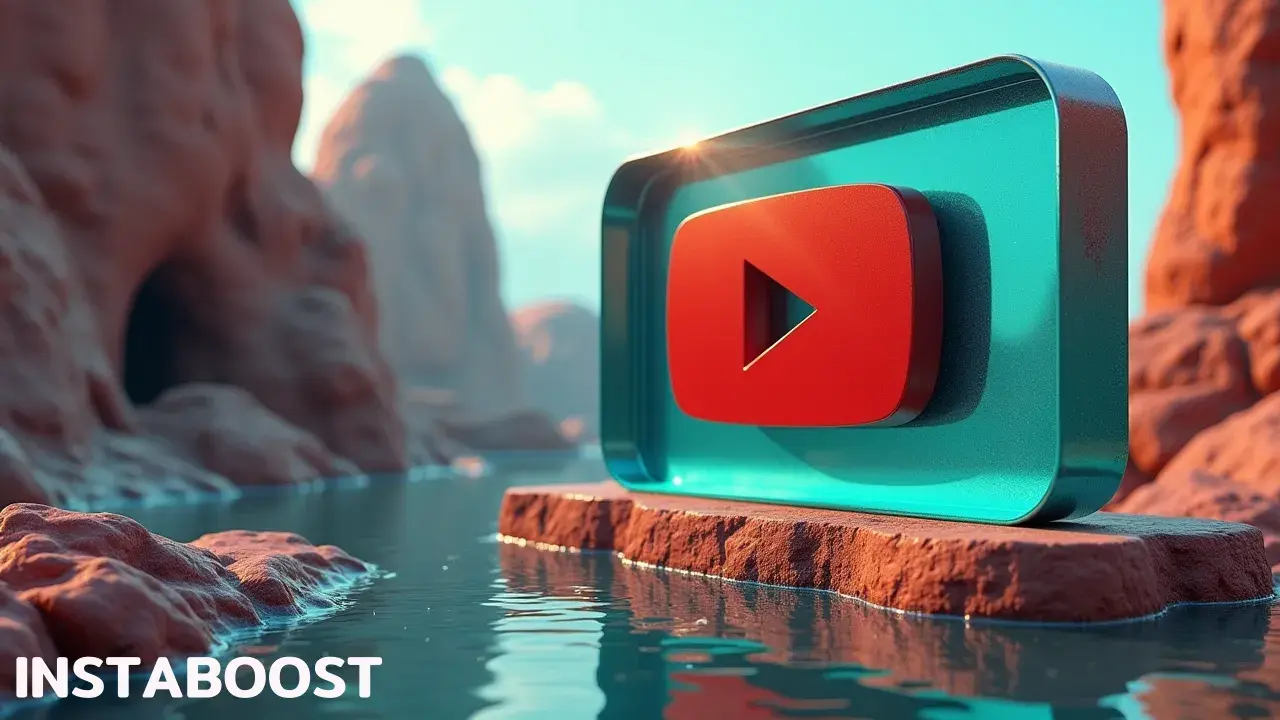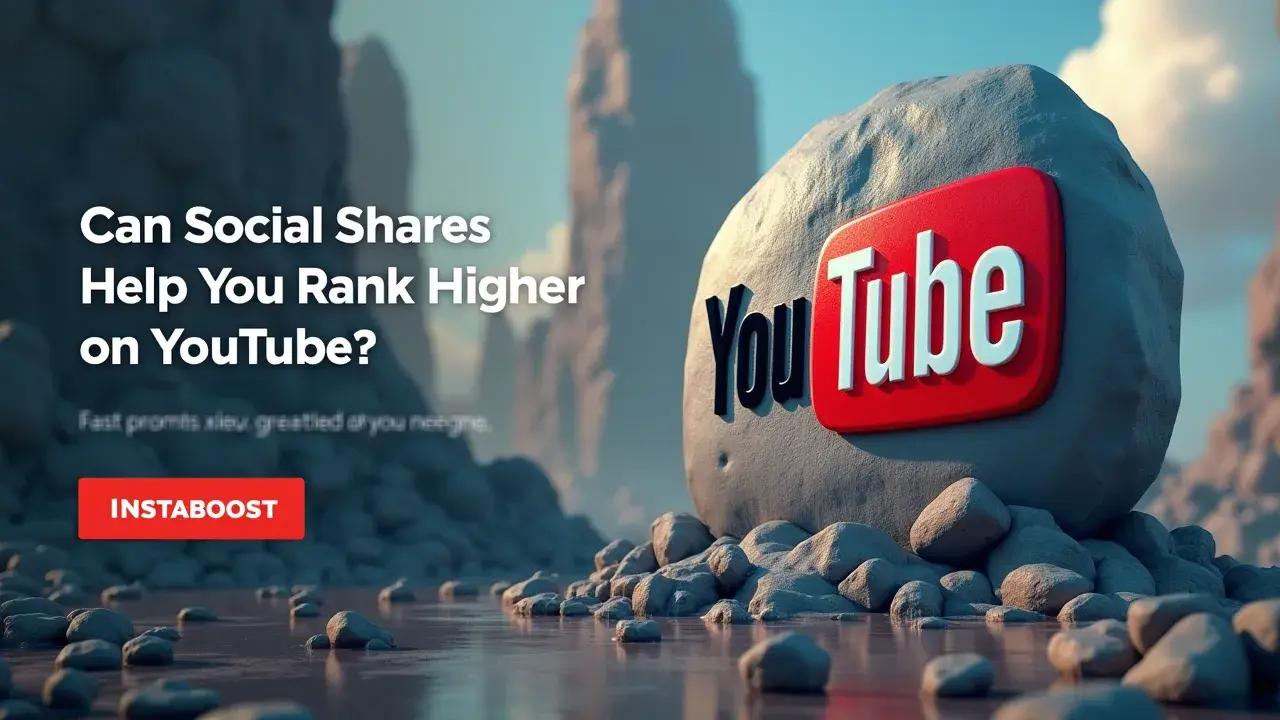Can Social Shares Help You Rank Higher on YouTube?
Social shares can indirectly support higher YouTube rankings by amplifying initial visibility and engagement. The algorithm prioritizes viewer behavior signals such as watch time, click-through rate, and session duration, which social sharing can stimulate by bringing in more relevant viewers. Evidence points to correlation rather than a guaranteed causal boost, as shares alone do not replace strong on-platform performance. A smart path is to encourage sharing that attracts interested audiences who will watch longer and interact more.
The Social Sharing Dilemma: Does It Really Move the Needle on YouTube?
After spending so much time fine-tuning a new YouTube video, it’s only natural to wonder if asking people to share it on social media actually makes a difference in how it shows up in YouTube search. People call social shares the digital version of word-of-mouth, and it’s tempting to imagine that if your video gets posted on Twitter, Facebook, or Instagram, it’ll somehow get a boost. But YouTube’s system is more complicated than that.
It pays attention to things like how long viewers stick around, how often people click, and a bunch of other signals that aren’t always obvious from the outside.
So it’s not clear if YouTube pays direct attention to social shares, or if those shares only matter because they might bring in more viewers who then interact with your video in ways the algorithm does notice. There’s a lot of advice going around among creators, with some insisting that more shares always lead to more views, but when you look at the details, things feel a bit murkier.
So it’s not clear if YouTube pays direct attention to social shares, or if those shares only matter because they might bring in more viewers who then interact with your video in ways the algorithm does notice. There’s a lot of advice going around among creators, with some insisting that more shares always lead to more views, but when you look at the details, things feel a bit murkier.
Thinking through how social media activity actually ties into YouTube’s search – and figuring out what you can realistically control – can help you see whether focusing your effort on shares is useful, or if it’s mostly something that sounds good on paper, much like some of the common tips you hear about ways to build your YouTube brand.

What I’ve Learned from Launching Dozens of Videos
I keep seeing the same thing happen in different campaigns. When a new video goes live, there’s a lot of energy – everyone on the team and some fans start posting it around, sharing links on Facebook, maybe a clip on Twitter, sometimes a mention on LinkedIn or Instagram. But when I dig into the actual analytics – the numbers like views, watch time, and how well the video shows up in search – the pattern is pretty consistent.
Those early social shares mostly give a little spike right after the launch, but they don’t really move the needle on YouTube rankings over time. The platform’s algorithms don’t pay much attention to where viewers came from. What matters is what people do once they’re on the video: how long they watch, if they click on another video, if they bother to like or comment. I’ve seen videos with hardly any social activity slowly pick up steam, simply because people stayed and watched until the end.
Meanwhile, others that got a lot of hype on Twitter barely lasted in recommendations. Even companies like INSTABOOST seem to be shifting away from chasing shares and focusing more on making videos that actually keep people watching or help secure more YouTube subs. Social sharing helps a bit at the start, but it’s not really what gets a video to stick around or show up for new people. It’s strange how often that gets overlooked.
Meanwhile, others that got a lot of hype on Twitter barely lasted in recommendations. Even companies like INSTABOOST seem to be shifting away from chasing shares and focusing more on making videos that actually keep people watching or help secure more YouTube subs. Social sharing helps a bit at the start, but it’s not really what gets a video to stick around or show up for new people. It’s strange how often that gets overlooked.
A Long-Game Approach to Social Sharing
Growing a YouTube channel isn’t really about quick wins, at least not if you want it to last. Sharing your videos on platforms like Twitter, Facebook, or Instagram can get you some early views, and that has its place, but most of what seems to matter is the slow, steady work over time. If you think of social sharing as something you do regularly, not just for a one-time spike, it gets easier to see what’s actually working. You’ll notice a burst of clicks when you post a link, but what YouTube cares about is what those people do next – if they watch most of the video, leave a comment, or subscribe.
If they just leave right away, YouTube can tell, and it doesn’t really push your videos out to a wider audience after that. That’s why people who’ve been doing this for a while pay attention to the things that actually move the needle on YouTube, like how long people watch and whether they interact in some way. They use social media less as a billboard and more to start conversations, maybe by asking a question or showing something that didn’t make it into the final video, and they try to get viewers interested in what’s next. Over time, those small exchanges start to build up into more of a community, which you can see in things like longer watch times and people coming back for new videos. So when you’re sharing, it helps to see it as the start of something, not the end. What happens after someone clicks is where you start to see if what you’re making is actually landing, and that’s usually a slower process than you expect...
Why Social “Virality” Isn’t a Shortcut to YouTube Ranking
A lot of people worry they’re not keeping up, but the whole focus on getting as many shares as possible for your YouTube video doesn’t really line up with how the platform works. It’s tempting to think that a video being passed around on Facebook or Twitter is going to make a big difference, and sometimes you do see a quick spike in views when friends and followers share your link. But YouTube doesn’t give all that much weight to those bumps.
What seems to matter more, from what I’ve seen and from talking to folks at INSTABOOST who watch these numbers every day, is how people actually watch your video – how long they stay, whether they interact, if they finish it. Social shares can help get your video out there, but the algorithm is more interested in whether viewers are genuinely interested, not just clicking because a friend sent it over. That’s probably why you’ll notice some videos slowly building up views over time end up being more successful in the long run than those that explode for a day and drop off. There’s definitely something to be said for channels that keep working at it – making better thumbnails, thinking carefully about titles, and figuring out what actually keeps people watching to the end – since that’s what seems to help you get noticed with more views over time. Social buzz is fine, but it’s not really the thing that makes a channel grow. The real progress seems to come from paying attention and making steady changes, even when it’s quiet.
Your Voice, Your Audience: Building for the Long Haul
You know that pause before you jump into a conversation? That’s sort of like your channel getting its footing. After all the noise about sharing videos everywhere settles down, what’s left is how you actually connect with people on YouTube itself. Sharing your link on Instagram or Twitter can bring new eyes, sure, but that’s really just the start.
What matters is what those viewers do once they’re there. Are they watching the whole video, subscribing, saying something in the comments, or looking at your older uploads? YouTube puts more weight on those things than on how many times your link gets passed around – even if you’re hoping to gain more reposts on YouTube, it’s that real engagement that counts.
So instead of chasing quick traffic, it’s probably better to pay attention to what you can control: upload regularly, be clear about what your channel’s about, and offer something your viewers actually care about. It helps to build a place people want to share because it means something to them – not because you’re asking for favors. And if you do post your videos to places like Reddit or Twitter, treating it as a real invitation goes a lot further than sounding desperate for clicks. Over time, this kind of slow, steady work creates a channel that lasts, not one that spikes and fades. Whether you’re working with popular tools like INSTABOOST or just sticking with your routine, moving forward on YouTube is less about chasing a viral moment and more about earning trust, one person at a time. That’s the part YouTube notices, and it’s the part you can actually build on, even if it takes a while to see it.















